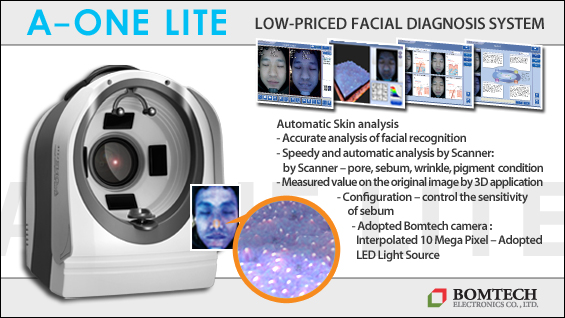
Cho Changhwan, M.D.
Director of Dongan Center, Seoul Korea
e-mail: idoc@naver.com
Doctors are not free from diseases. They are also susceptible to many occupational diseases that come from doing their job. We met with Dr. Cho Changhwan of Dongan Center, an aesthetic ophthalmologist practice, to discuss common ophthalmological conditions in aesthetic clinicians as well as prevention and treatment measures.
Ophthalmological conditions
“One must wear protective goggles when carrying out Laser treatments.”
“Laser and surgical procedures make up a large proportion of aesthetic treatments. Patients receive treatments once or a few times with long intervals and are not likely to suffer eye-related side effects from the treatment. On the other hand, doctors who treat numerous patients daily are exposed to the danger of Laser’s negative impact on the eyes. Laser devices have the safety grade of 3-4, with the ‘Danger’ sign on them and are potentially very damaging to the user’s health. Direct exposure of the eyes to the Laser beams damages the vision. Cornea, white of the eye, intraocular nerves and retina can be damaged. However, all of this can be easily prevented by simply wearing protective goggles.”
Dr. Cho Changhwan explains that the different wavelengths of Laser have varying degrees of damage to the eyes. It is important to understand characteristics of Laser and use the right protection methods.
“IPL, ruby Laser, and vascular Laser, etc. emit beams within the range of visible light. The bright flash from these devices make the user blink and close their eyes and are relatively less dangerous. On the other hand, ultraviolet or particularly near infrared light used during toning procedures is not readily visible and the risk of eye damage increases.”
Many specialists who use Laser frequently present various ophthalmological conditions in older ages.
“Human eyes blink about 10% less frequently when concentrating on something. Concentrating during Laser treatment makes the eyes blink less and dry up. This condition is known as visual display terminals(VDT) syndrome and is common in doctors who perform frequent Laser treatments under bright illumination. If eyes often feel dry and visions become blurred during treatment, age-related dry eye can be suspected. One should not ignore the seriousness of such symptoms and get screened for VDT syndrome.”
Ignoring the danger of medical devices can pose a great risk to doctors who treat many patients in a short period of time.
“Unsafe use of Laser can cause temporary visual impairment as well as retinopathy, in particular, central serous chorioretinopathy(CSC). This condition is more common in people with heavy stress or fatigue and caused by exposure to Laser or bright light. When ignoring the brightness and focusing on the treatment, one may unknowingly cause great damage to his or her eyes. The condition may improve in time but recurs often and can cause discomfort in daily living. It would benefit one’s career to be cautious about these dangers. In CSC, fluids build up under the retina and can be caused by direct exposure to Laser. However, it is not easily recognized, as visual deterioration usually affects only one eye. Most people with CSC complain of fatigue, dizziness and visual distortions when looking with only one eye.”
[Advertisement] A-One LITE(Facial Diagnosys System) – Manufacturer: BOMTECH(www.bomtech.net)
-The End-




















